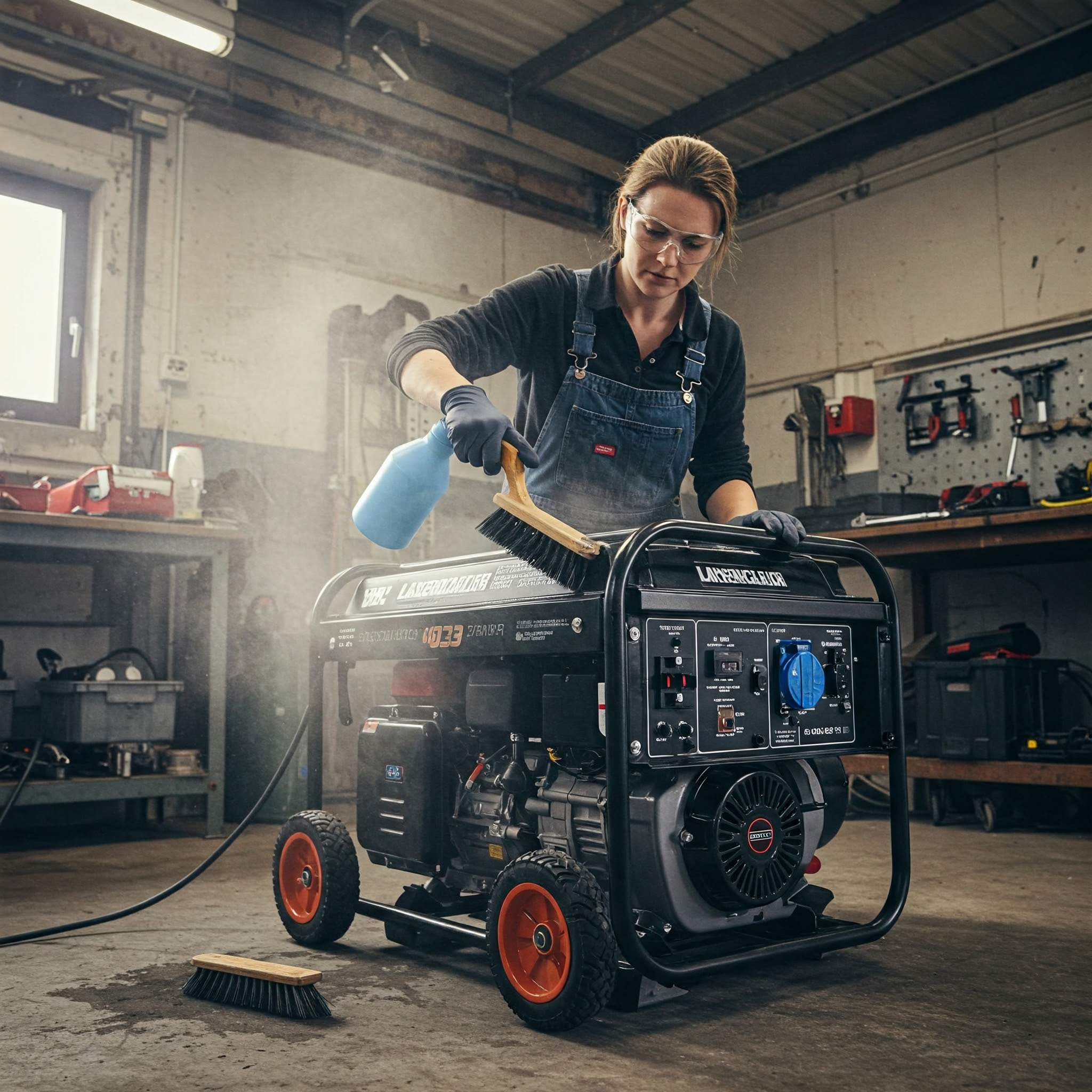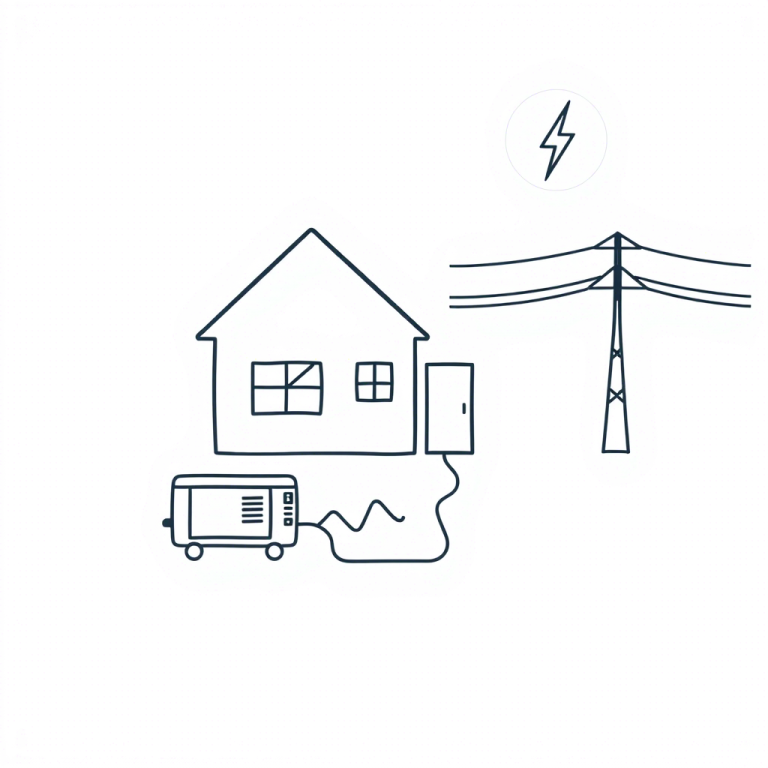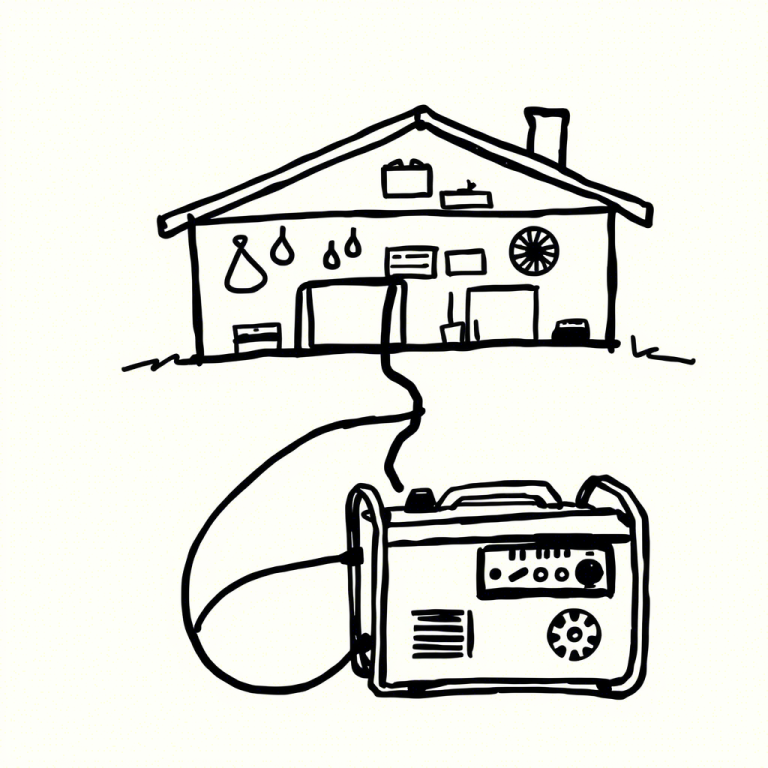How do I properly clean my portable generator?
As a portable generator owner, one of the most important things you can do to ensure the longevity and performance of your generator is to properly clean it on a regular basis. In this article, I’ll go through the steps you need to take to properly clean your portable generator and explain why each step is important.
First, let’s talk about why cleaning your portable generator is important. Portable generators are often used in outdoor or dirty environments, which can lead to a buildup of dirt, dust, and other debris on the exterior and interior of the generator. This buildup can cause a number of problems, such as reduced efficiency, increased fuel consumption, and even damage to the engine. In addition, a dirty generator can be a fire hazard, so it’s important to keep it clean to minimize the risk of a fire.
So, how do you properly clean your portable generator? Here’s a step-by-step guide:
Step 1: Turn off the generator and let it cool down before cleaning
It is important to turn off the generator and let it cool down before cleaning. This will prevent any accidental injury or damage to the generator while you’re cleaning it.
Step 2: Remove any debris or dirt from the exterior of the generator
Using a dry cloth or a soft-bristled brush, remove any debris or dirt from the exterior of the generator, including the air filter. This will help to prevent dirt and debris from getting inside the generator and causing damage.
Step 3: Check and clean the air filter
The air filter is an important component of the generator that helps to keep dirt and debris from getting inside the engine. Check the air filter and clean or replace it if it’s dirty. A dirty air filter can reduce the efficiency of the generator and increase fuel consumption.
Step 4: Clean the spark plug
The spark plug is another important component of the generator that helps to keep the engine running smoothly. Clean the spark plug with a wire brush or sandpaper. A dirty or fouled spark plug can cause the generator to run poorly or not start at all.
Step 5: Check and clean the fuel filter
The fuel filter helps to keep dirt and debris out of the fuel system, which can cause damage to the engine. Check the fuel filter and clean or replace it if it’s dirty. A dirty fuel filter can reduce the efficiency of the generator and increase fuel consumption.
Step 6: Check and clean the oil filter
The oil filter helps to keep dirt and debris out of the oil system, which can cause damage to the engine. Check the oil filter and clean or replace it if it’s dirty. A dirty oil filter can reduce the efficiency of the generator and increase fuel consumption.
Step 7: Check and clean the cooling system
The cooling system helps to keep the generator from overheating. Check the cooling system for any dirt or debris and clean it if necessary. A dirty cooling system can cause the generator to overheat and damage the engine.
Step 8: Check and clean the exhaust system
The exhaust system helps to remove harmful gases from the generator. Check the exhaust system for any dirt or debris and clean it if necessary. A dirty exhaust system can cause the generator to run poorly and damage the engine.
In conclusion, cleaning your portable generator on a regular basis is an important part of maintaining its efficiency and longevity. By following these steps, you can ensure that your generator is running smoothly and safely, reducing the risk of damage and fire hazards. Remember to always refer to your generator’s manual for specific cleaning instructions and maintenance schedules.



